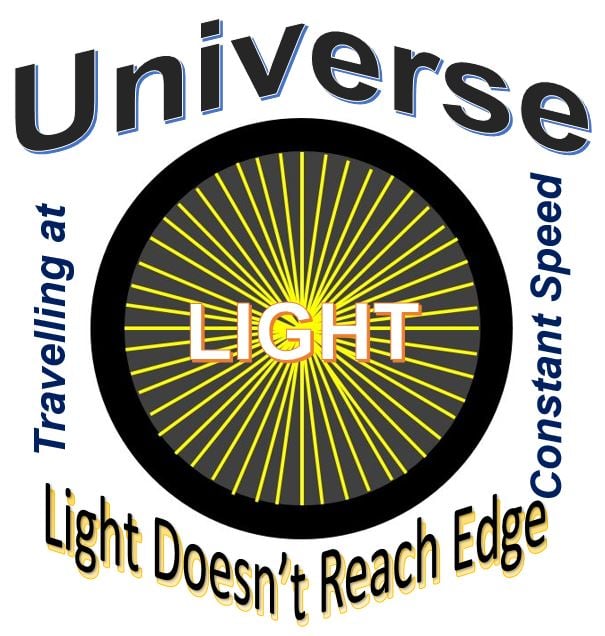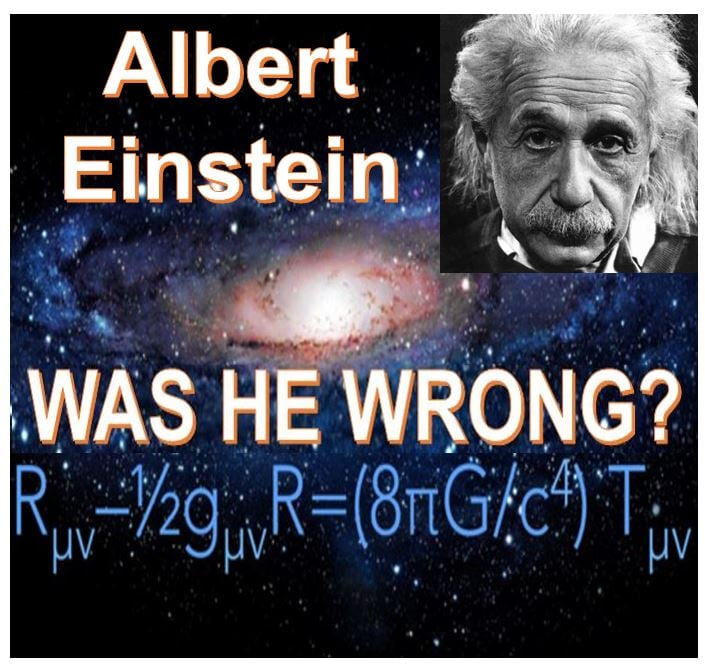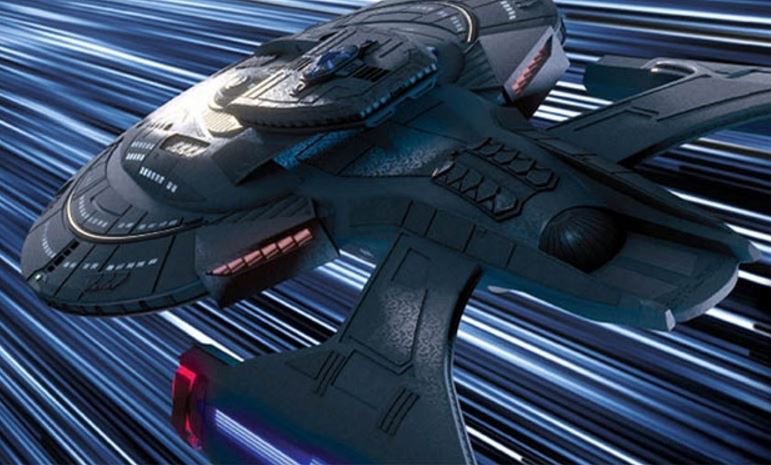If the speed of light was faster during the very early universe – just after the Big Bang – many of the laws of ‘physics as we know it’, including Einstein’s general theory of relativity, are wrong. Ever since our first physics lessons at school, most of us have lived with the comfort of knowing that there is at least one definite constant, that light always travels at 299,792 kilometers per second (186,282 miles per second).
If that theory turns out to be wrong, many school and university books are going to have to be rewritten.
Two physicists wrote in the prestigious journal Physical Review D this month that the speed of light was considerably faster when the universe was an infant. They added that there is a test they can do to prove it, unlike other light-speed theories.
 Imagine the circle above is the universe. The black ring is the part of the universe that light has not yet reached if it has been travelling at a constant speed since the beginning. However, as far as we can tell, light has reached the edge, which means that at some point in the past it must have travelled faster, scientists say.
Imagine the circle above is the universe. The black ring is the part of the universe that light has not yet reached if it has been travelling at a constant speed since the beginning. However, as far as we can tell, light has reached the edge, which means that at some point in the past it must have travelled faster, scientists say.
Study authors Professor João Magueijo, from Imperial College, London, and Dr Niayesh Afshordi, who works at the Perimeter Institute for Theoretical Physics, Waterloo, Canada, argue that if they can prove this really did happen, physicists across the world will have to review much of how we understand the universe.
So, how does one go about testing a theory that turns our most assured equation on its head?
Scientists studied the galaxies in our universe
Prof. Magueijo and Dr. Afshordi have been looking at the galaxies and other structures in our universe. Every structure in existence was created when the universe was a mere newborn – a few seconds after the Big Bang.
These structures, such as galaxies, all have varying densities. Their density fluctuations can be tracked in the cosmic microwave background (CMB).
 Was Albert Einstein wrong about the speed of light? He said it never changes. If he was mistaken, many of his equations will need to be re-examined. (Image: adapted from shass.mit.edu)
Was Albert Einstein wrong about the speed of light? He said it never changes. If he was mistaken, many of his equations will need to be re-examined. (Image: adapted from shass.mit.edu)
The cosmic microwave background is the thermal radiation that was left over from the time of recombination in Big Bang cosmology. It is like a map that contains the oldest light in our universe – in the form of a ‘spectral index’.
The density fluctuations have left a breadcrumb trail within the CMB, which cosmologists can study to gain a better understanding of the history of the universe. The technical term for these breadcrumbs is the spectral index.
Variable speed of light theory can be tested
Prof. Magueijo said:
“The idea that the speed of light could be variable was radical when first proposed, but with a numerical prediction, it becomes something physicists can actually test. If true, it would mean that the laws of nature were not always the same as they are today.”
This test will hopefully solve one of the biggest problems cosmologists currently have with the speed of light.
If the speed of light had remained unchanged since the birth of the universe, its outer parts today would be pitch black – there has not been enough time with light travelling at a constant 299,792 kilometers per second for it to have reached the edges of the universe.
The only way light may have reached the universe’s edge would be if it had travelled faster than its current speed during some time in the past.
Researchers from @ImperialPhysics are challenging #Einstein’s speed of light theory https://t.co/gZjhCSIJ9V pic.twitter.com/zz3RkPCBvi
— Imperial College (@imperialcollege) November 25, 2016
In an Imperial College online news summary, Hayley Dunning offers us the analogy of heating up a room with radiators at either end:
“To heat up a room evenly, the warm air from radiators at either end has to travel across the room and mix fully. The problem for the universe is that the ‘room’ – the observed size of the universe – appears to be too large for this to have happened in the time since it was formed.”
In essence, the universe today, if light has always travelled at a constant speed, should not be this ‘warm’ – its edges would be dark and cold.
Reference: “Critical geometry of a thermal big bang,” João Magueijo & Niayesh Afshordi. Physical Review D. 18 November, 2016. DOI: 10.1103/PhysRevD.94.101301.
 Will we ever be able to travel at or faster than the speed of light? If you asked Captains James Kirk, Jean Luc Picard or Kathryn Janeway of the starship Enterprise, they would tell you that it was definitely possible, but Einstein would insist it was not. (Image: pics-about-space.com)
Will we ever be able to travel at or faster than the speed of light? If you asked Captains James Kirk, Jean Luc Picard or Kathryn Janeway of the starship Enterprise, they would tell you that it was definitely possible, but Einstein would insist it was not. (Image: pics-about-space.com)
What is warp speed?
We have long dreamed of faster-than-light or ‘warp drive’ travel, something the star ship Enterprise in the Star Trek science fiction series did regularly.
In Star Trek, Warp 1 meant the speed of light, Warp 2 was 8 times light speed, while Warp 3 was 27 times the speed of light. Warp factors were converted to multiples of c with the cubic function v=w3c.
The fastest the Enterprise ever went was Warp 14.1. Theoretically, any faster than Warp 10 would send the spaceship and crew members back in time.
Video – Is light speed constant?
This Great Discoveries Channel video talks about the speed of light and whether it is constant. It was uploaded seven months ago – long before Magueijo’s and Niayesh’s paper was published.
